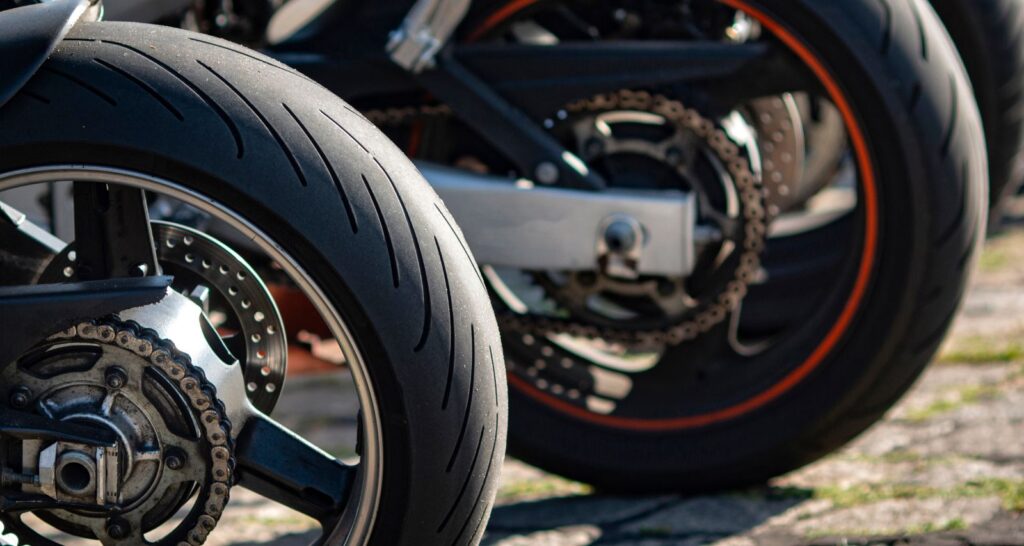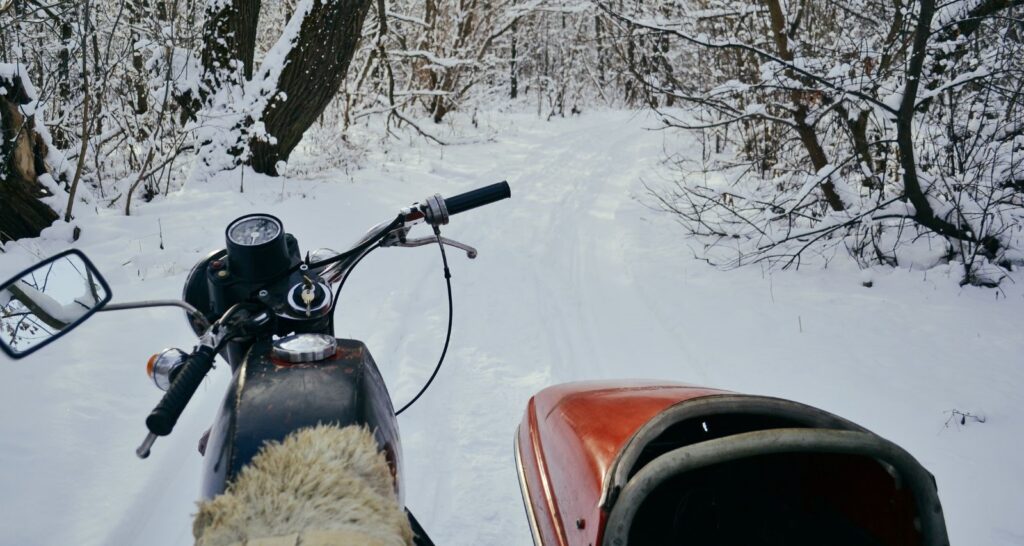Are you ready for the adventure of a lifetime, riding your motorcycle along scenic highways, with the wind in your hair, and exploring the world? A motorcycle tour promises thrilling experiences and breathtaking vistas, but the last thing you want is to find yourself stranded on the side of the road due to an empty gas tank.
So, how can you ride smarter, not harder, and ensure you never run out of gas on your journey? This post will help unveil practical tips and strategies to keep your ride fueled, allowing you to focus on the thrill of the road ahead. And the best part is, AA Motorcycle is here to provide you with these helpful tips, ensuring your motorcycle tour is nothing short of spectacular.
1. Know Your Bike’s Fuel Range
Before setting off on your motorcycle tour, it’s crucial to familiarize yourself with your bike’s fuel range. Different motorcycles have varying fuel tank capacities and fuel efficiency. Start by checking your motorcycle’s user manual or consult the manufacturer’s website for this information. Knowing your bike’s average miles per gallon (MPG) can help you calculate how far you can go on a full tank. Once you have this figure, consider the distance between gas stations along your route.
For instance, if your motorcycle averages 40 MPG and you have a 4-gallon fuel tank, you can expect to cover around 160 miles on a full tank. If you’re touring in a remote area with limited gas stations, plan your refueling stops carefully, ensuring you fill up well before your fuel gauge nears empty. Being aware of your motorcycle’s fuel range and planning your stops accordingly is the first step to riding smarter.
2. Invest in a Fuel Monitoring System
Modern technology has made riding smarter even more accessible. Consider investing in a fuel monitoring system, commonly known as a fuel gauge or trip computer, if your motorcycle doesn’t have one built-in. These systems provide real-time information about your fuel consumption and remaining range. Many of these gadgets come with smartphone apps, which allow you to track your fuel status conveniently.
Using a fuel monitoring system, you can precisely gauge how much fuel you have left and how far you can go before needing a refill. This eliminates the guesswork, making your motorcycle tour more enjoyable and worry-free. With AA Motorcycle’s guidance and the right fuel monitoring system, you’ll always be in control of your ride’s fuel needs, letting you focus on the adventure rather than constantly fretting about the gas tank.
3. Plan Your Refueling Stops Strategically
One of the most critical aspects of riding smarter is strategic planning when it comes to refueling stops. While on a motorcycle tour, especially in less populated or remote areas, gas stations may be few and far between. To avoid running out of gas in the middle of nowhere, research your route in advance and identify gas stations along the way. Make a list of the locations and their distances from each other. Additionally, look up their hours of operation, as some gas stations in remote areas may have limited hours or be closed on certain days.
When planning your stops, remember that it’s better to refuel a bit earlier than you might think necessary. This way, you have a buffer in case the next gas station is unexpectedly closed, or your motorcycle’s fuel efficiency is affected by challenging terrain or adverse weather conditions. With AA Motorcycle’s expert guidance, you’ll be well-equipped to strategize your refueling stops, ensuring you’re never caught off guard.
4. Keep a Fuel Log
A fuel log can be an invaluable tool for managing your motorcycle’s fuel consumption during a tour. Before you begin your trip, start a record where you note the date, mileage, and amount of fuel you added each time you refuel. By keeping a consistent fuel log, you can track your motorcycle’s actual MPG, monitor any changes in fuel efficiency, and predict how long your current tank will last.
Your fuel log will also provide historical data, allowing you to detect any irregularities or unexpected drops in fuel efficiency. This information can help you identify issues with your bike or driving habits that may be impacting your fuel range. AA Motorcycle encourages all riders to maintain a fuel log as a proactive measure to prevent running out of gas.
5. Carry Emergency Fuel Supplies
While it’s crucial to ride smarter and plan your refueling stops effectively, it’s equally important to prepare for unexpected situations. Carrying emergency fuel supplies can be a lifesaver in case you encounter challenges such as detours, road closures, or unforeseen delays that deplete your fuel faster than expected.
Portable fuel containers, often available in 1- or 2-gallon sizes, are easy to stow away on your motorcycle. While you may not need them often, having these supplies as part of your gear can save you from being stranded. Ensure you’re familiar with how to use them safely, as handling fuel can be hazardous. Be well-informed on the importance of carrying emergency fuel supplies and the best practices for handling them.
Conclusion
Your motorcycle tour should be a thrilling and unforgettable experience, and by riding smarter, you can avoid the stress and inconvenience of running out of gas. With AA Motorcycle’s helpful tips and guidance, you’re well-equipped to know your bike’s fuel range, invest in fuel monitoring systems, plan refueling stops strategically, keep a fuel log, and carry emergency fuel supplies. So, embrace the open road, explore scenic routes, and savor every moment of your adventure, without the fear of an empty gas tank dampening your spirits. Ride smarter, not harder, and let your motorcycle tour be a journey to remember.
Before hitting the road for your trip, it’s essential to plan ahead, and that includes arranging your motorcycle shipping. Secure a free quote from AA Motorcycle Shipping today.




